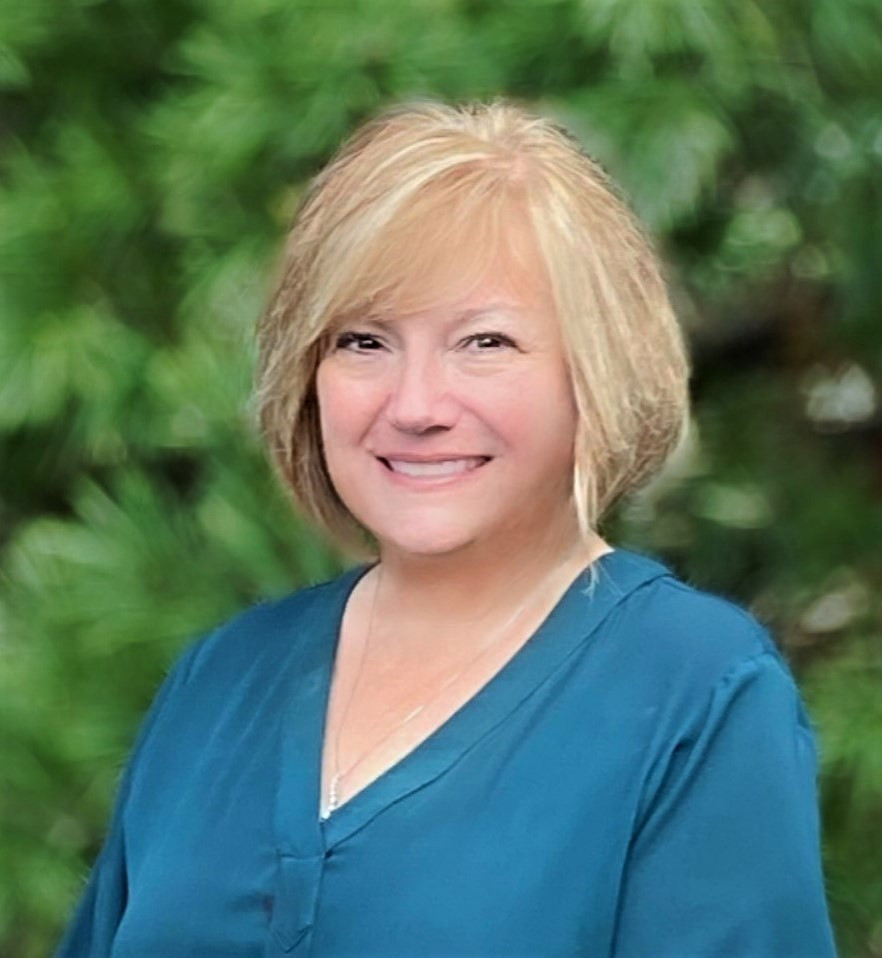Uncashed Distribution Checks
Uncashed distribution checks are a growing problem for plan sponsors, as the numbers of small-balance accounts and separated participants grow. For qualified plans, uncashed distribution checks represent a fiduciary liability. Since uncashed distribution checks are considered plan assets, plan sponsors continue to incur administration costs when participants are separated from employment and their retirement savings. The assets are considered plan assets until the check is cashed or otherwise resolved. Additionally, uncashed check funds accumulate no interest or earnings, and if mishandled, can represent a potential liability to plan sponsors. The checks are held for 180 days. After 180 days, the balance of the check should be restored to the participant account and would have to be reissued. Restored participants also count toward participant counts that determines if a plan needs an audit.
Plan administrators can take steps to minimize the incidence of uncashed distribution checks, as well as, resolve the situations that inevitably occur.
Uncashed distribution checks can occur when retirement plan participants fail to cash or deposit a distribution from their qualified retirement savings account due to:
- Mandatory Distributions, less than $1,000: When plans cash out participants with balances of less than $1,000, it’s common for these checks to go uncashed.
- Returned Checks: Checks of any amount that are returned as undeliverable by the U.S. Postal Service.
- Unresponsive Participants: Checks of any amount that are requested, but simply not acted upon by the participant.
- Participants do not remember they have accounts.
One solution that can minimize the uncashed check problem would be to implement an automatic rollover (or Safe Harbor IRA) program for all separated participants with less than $7,000. This would include participants that leave with vested balances under $1,000 too.
There are several companies that provide automatic rollover services. Upon opening and funding of the Safe Harbor IRA, the plan will be deemed to have fulfilled its fiduciary responsibilities. Normally the automatic rollover service provider will continue to perform searches in order to re-unite the participant or their beneficiary with their retirement savings. Under SECURE 2.0, the Department of Labor is now working on a database of these auto portability transactions that would help to reconnect workers with these Safer Harbor IRAs when they change jobs as well.
The uncashed check problem escalates when plan sponsors do not ensure they have the correct address information for their terminated participant or any alternate payees/beneficiaries.
It is good practice to annually contact current, terminated and retired participants, as well as, beneficiaries to confirm or update their contact information, such as, addresses and beneficiaries. Send information and notices to terminated participants through the U.S. Postal Service Certified Mail or a private delivery service with similar tracking features, whichever is less expensive, to the last known mailing address. Save any returned documentation in the employee files to prove you have attempted to contact that participant but start searches to find them as soon as you know the information you have is incorrect.
Some plan sponsors maintain an online platform that allows participants to update contact information and possibly provide prompts to confirm contact information upon login. In the event of a business merger or acquisition by the plan sponsor, make missing participant searches, related plan and employer records part of the transfer of records. Regularly audit census information and correct data errors, as well as, documenting the plan’s policies, procedures, key decisions and actions.
Conduct missing participant searches by checking related benefit plans and employer records for participant, beneficiary and next of kin/emergency contact information. It’s possible that the employee’s payroll or health plan records may have more up-to-date information. Checking with designated plan beneficiaries and the employee’s emergency contacts for updated contact information is another resource. If there are privacy concerns, ask the beneficiary or emergency contact to forward a letter to the missing participant.
Use free online search engines, public record databases, obituaries and social media to locate individuals. Commercial locator services are another viable option, as well as, a credit-reporting agency or a proprietary internet search tool to locate individuals. The plan sponsor may want to contact the missing participant via other available means, such as, email addresses, telephone and text numbers and social media.
If participants are nonresponsive over time, perform death searches or use death audit services to confirm a participant’s death and redirect communications to beneficiaries. Reach out to colleagues by publishing a list of “missing” participants on the company’s intranet, in email notices to current employees or in communications with other retirees already receiving benefits.
Similarly, for unionized employees, reach out to the union’s local offices and through union member communications to find missing retirees. Register missing participants on public and private pension registries with privacy and cyber security protections (e.g., National Registry of Unclaimed Retirement Benefits), and publicize the registry through emails, newsletters and other communications to current employees, union members and retirees.
By diligently keeping track of terminated employees, expanding automatic rollovers for all small balances and missing participants search services, the problem of uncashed checks can be dramatically reduced, and any uncashed checks that do arise can be quickly and effectively handled. If you have any questions or concerns, please contact your account executive.



